Home>Gardening & Outdoor>Plant Care & Gardening Tips>How Long Do Wildflower Seeds Last
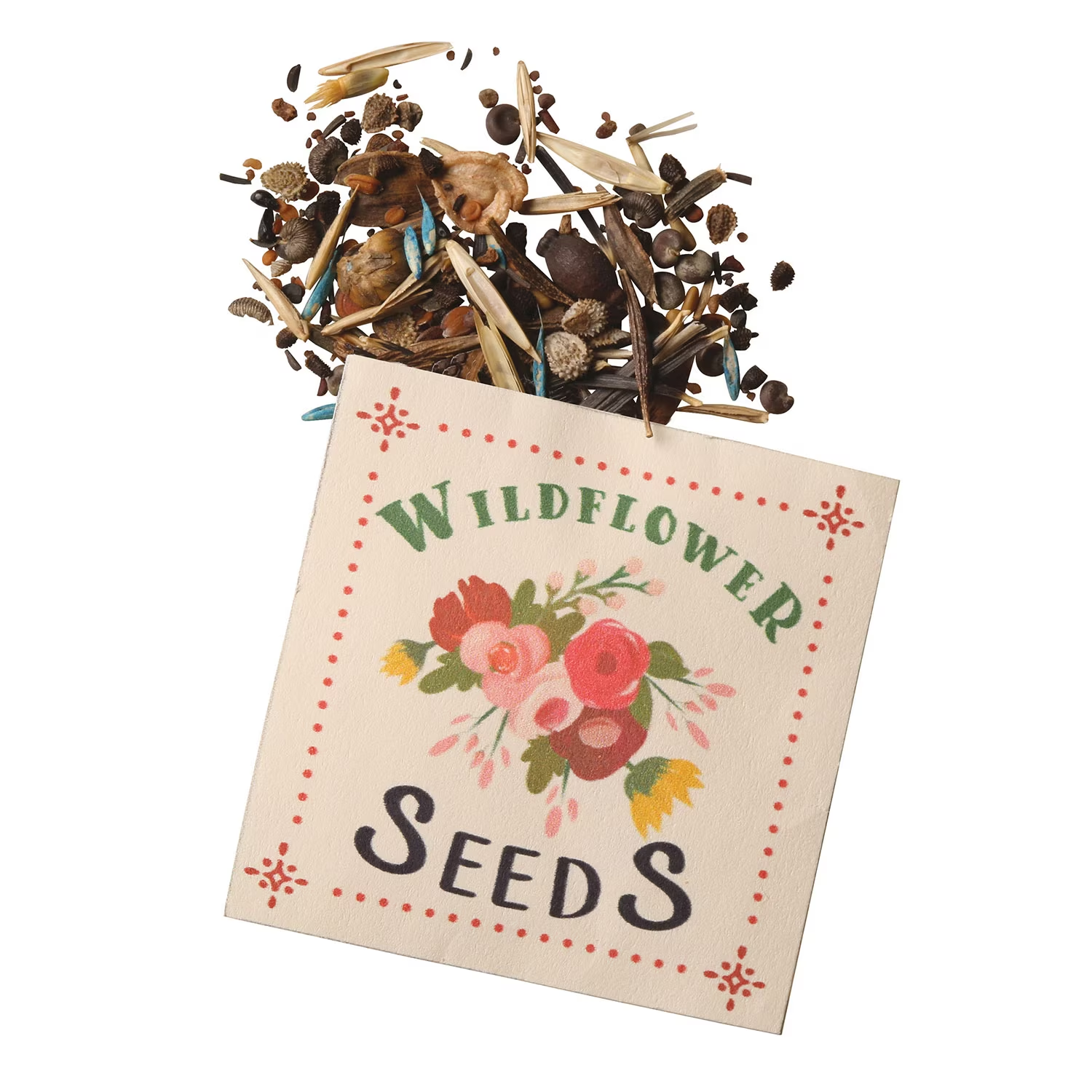

Plant Care & Gardening Tips
How Long Do Wildflower Seeds Last
Modified: January 8, 2024
Discover how long wildflower seeds last and get expert plant care and gardening tips. Learn how to maximize the lifespan of your wildflower seeds.
(Many of the links in this article redirect to a specific reviewed product. Your purchase of these products through affiliate links helps to generate commission for Storables.com, at no extra cost. Learn more)
**
Introduction
**
Wildflowers add a touch of natural beauty to any landscape, attracting pollinators and creating a vibrant, colorful environment. Growing wildflowers from seeds is an affordable and rewarding way to enhance your garden or outdoor space. However, one common concern among gardening enthusiasts is the longevity of wildflower seeds. How long do wildflower seeds last, and what factors influence their viability? In this comprehensive guide, we will delve into the fascinating world of wildflower seeds, exploring the various factors that affect their longevity, storage methods to preserve their viability, and techniques for testing their germination potential. By understanding the intricacies of wildflower seed longevity, you can maximize the success of your wildflower gardening endeavors and ensure that your seeds flourish into a breathtaking display of natural splendor. So, let's embark on this enlightening journey into the lifespan of wildflower seeds and discover the secrets to nurturing these tiny marvels of nature.
**
Key Takeaways:
- Wildflower seeds can last for varying lengths of time, so it’s important to research the specific longevity of the species you want to grow and store them in a cool, dry place to maximize their potential for successful germination.
- To ensure the viability of wildflower seeds, store them in airtight containers in a cool, dark environment, and consider conducting germination tests or professional seed testing services to assess their potential for successful growth.
Read more: How Long Do Wildflowers Take To Germinate
Factors Affecting Wildflower Seed Longevity
**
Several key factors influence the longevity and viability of wildflower seeds, ultimately determining their ability to germinate and produce healthy plants. Understanding these factors is crucial for effectively preserving the quality of wildflower seeds. Let’s explore the primary elements that impact the longevity of wildflower seeds:
- Seed Species: Different species of wildflowers exhibit varying seed longevity. Some seeds remain viable for just a year or two, while others can maintain their viability for several years or even decades. It’s essential to research the specific longevity of the wildflower species you intend to cultivate, as this knowledge will guide your seed storage and planting strategies.
- Storage Conditions: The environment in which wildflower seeds are stored significantly influences their longevity. Factors such as temperature, humidity, and exposure to light can all affect seed viability. Proper storage in cool, dry, and dark conditions is essential for preserving the longevity of wildflower seeds. Exposure to moisture or extreme temperatures can drastically reduce their viability.
- Seed Quality: The initial quality of wildflower seeds plays a vital role in determining their longevity. High-quality seeds sourced from reputable suppliers are more likely to maintain their viability for an extended period. Seeds that are damaged, immature, or of poor quality may have a shorter lifespan and reduced germination rates.
- Genetic Variation: Genetic diversity within wildflower populations can impact the longevity of seeds. Some genetic variations may confer greater resilience and longevity to seeds, allowing them to withstand adverse environmental conditions and remain viable for longer periods.
- Harvesting Techniques: The methods used to harvest and process wildflower seeds can affect their longevity. Proper harvesting techniques, such as collecting seeds at the optimal stage of maturity and ensuring thorough drying and cleaning, contribute to preserving their viability.
By considering these influential factors, you can make informed decisions regarding the storage and cultivation of wildflower seeds, maximizing their potential for successful germination and growth.
**
Storage Methods for Wildflower Seeds
**
Proper storage is paramount for maintaining the viability of wildflower seeds over an extended period. Implementing appropriate storage methods ensures that the seeds remain healthy and capable of germination when the time comes to sow them. Here are some effective storage techniques to safeguard the longevity of wildflower seeds:
- Cool, Dry Environment: Storing wildflower seeds in a cool, dry environment is essential for preserving their viability. Ideally, seeds should be kept in airtight containers to protect them from moisture and humidity. A cool, dark location such as a refrigerator or a cool, dry basement provides an optimal storage environment.
- Avoiding Temperature Fluctuations: Fluctuations in temperature can compromise the viability of wildflower seeds. It’s important to store seeds away from areas prone to temperature fluctuations, such as near heating sources or in direct sunlight. Consistent, moderate temperatures contribute to prolonged seed longevity.
- Airtight Containers: Utilizing airtight containers, such as glass jars or resealable plastic bags, helps protect wildflower seeds from exposure to air and moisture. These containers should be stored in a dark location to prevent light from reaching the seeds, which can adversely affect their viability.
- Labeling and Dating: Properly labeling containers with the species name and the date of seed collection or purchase is crucial for tracking the age and identity of the seeds. This information enables you to prioritize the use of older seeds and maintain an organized inventory of your wildflower seed collection.
- Freezing Seeds: Some wildflower seeds benefit from being stored in a freezer to prolong their viability. However, it’s important to ensure that the seeds are thoroughly dried before freezing to prevent moisture-related damage. Additionally, allowing frozen seeds to gradually return to room temperature before opening their containers helps prevent condensation from affecting the seeds.
By implementing these storage methods, you can significantly extend the longevity of wildflower seeds, preserving their potential for successful germination and vibrant growth when the time comes to plant them.
**
Store wildflower seeds in a cool, dry place to extend their shelf life. Properly stored seeds can last 1-3 years, but some may remain viable for up to 5 years.
Testing the Viability of Wildflower Seeds
**
Before sowing wildflower seeds on a larger scale, it’s beneficial to assess their viability to determine their likelihood of germination and successful growth. Conducting viability tests provides valuable insights into the quality of the seeds and helps you make informed decisions when planning your planting activities. Here are some effective methods for testing the viability of wildflower seeds:
- Germination Testing: Germination testing is a reliable method for assessing the viability of wildflower seeds. To conduct this test, place a sample of seeds on moist paper towels or in seed-starting trays with a suitable growing medium. Keep the seeds in a warm, well-lit area and monitor them regularly for signs of germination. By recording the percentage of seeds that successfully germinate, you can estimate the overall viability of the seed batch.
- Float Test: The float test is particularly useful for determining the viability of larger wildflower seeds. Simply place the seeds in a bowl of water and observe their behavior. Viable seeds typically sink to the bottom, while non-viable seeds may float or remain suspended in the water. This straightforward test helps separate viable seeds from those that are unlikely to germinate.
- Seed Coat Examination: Examining the external characteristics of wildflower seeds can provide valuable insights into their viability. Healthy, viable seeds often exhibit a firm, intact seed coat, while non-viable seeds may show signs of damage, decay, or deformities. By visually inspecting the seed coats, you can identify potential issues that could affect germination.
- Professional Seed Testing Services: For a comprehensive assessment of wildflower seed viability, consider utilizing professional seed testing services offered by specialized laboratories or agricultural institutions. These services employ advanced techniques to evaluate the germination potential and overall quality of wildflower seeds, providing detailed reports that inform your seed selection and planting decisions.
By utilizing these viability testing methods, you can gain valuable insights into the quality and potential germination rates of wildflower seeds, empowering you to make informed choices when planning your gardening projects. Testing the viability of seeds enhances the likelihood of successful germination and contributes to the overall success of your wildflower cultivation endeavors.
**
Conclusion
**
Delving into the world of wildflower seeds reveals a fascinating journey of discovery, where the longevity and viability of these tiny marvels play a pivotal role in the creation of breathtaking natural landscapes. Understanding the factors that influence wildflower seed longevity, implementing effective storage methods, and conducting viability tests are essential steps for nurturing the potential of these seeds and witnessing the vibrant beauty they can bestow upon our surroundings.
By acknowledging the diverse lifespans of different wildflower species and tailoring storage practices to their specific requirements, we can safeguard the viability of these seeds for future planting endeavors. The careful management of environmental conditions, meticulous labeling, and the utilization of suitable storage containers all contribute to prolonging the longevity of wildflower seeds, ensuring their readiness for successful germination when the time is right.
Moreover, the insightful techniques for testing wildflower seed viability empower us to make informed decisions when selecting seeds for planting, ultimately enhancing the likelihood of successful germination and robust plant growth. Whether through germination testing, the float test, or professional seed testing services, these methods offer valuable glimpses into the potential of wildflower seeds, guiding us in our quest to create vibrant, thriving natural habitats.
As we embark on our wildflower gardening endeavors, let us embrace the knowledge and techniques that enrich our understanding of seed longevity and viability. By nurturing the potential of wildflower seeds through informed practices, we can cultivate flourishing, biodiverse landscapes that captivate the senses and support the delicate balance of nature.
So, as you embark on your wildflower gardening journey, remember that the lifespan of wildflower seeds is not just a matter of time, but a testament to the enduring beauty and resilience of nature’s most captivating creations.
Frequently Asked Questions about How Long Do Wildflower Seeds Last
Was this page helpful?
At Storables.com, we guarantee accurate and reliable information. Our content, validated by Expert Board Contributors, is crafted following stringent Editorial Policies. We're committed to providing you with well-researched, expert-backed insights for all your informational needs.
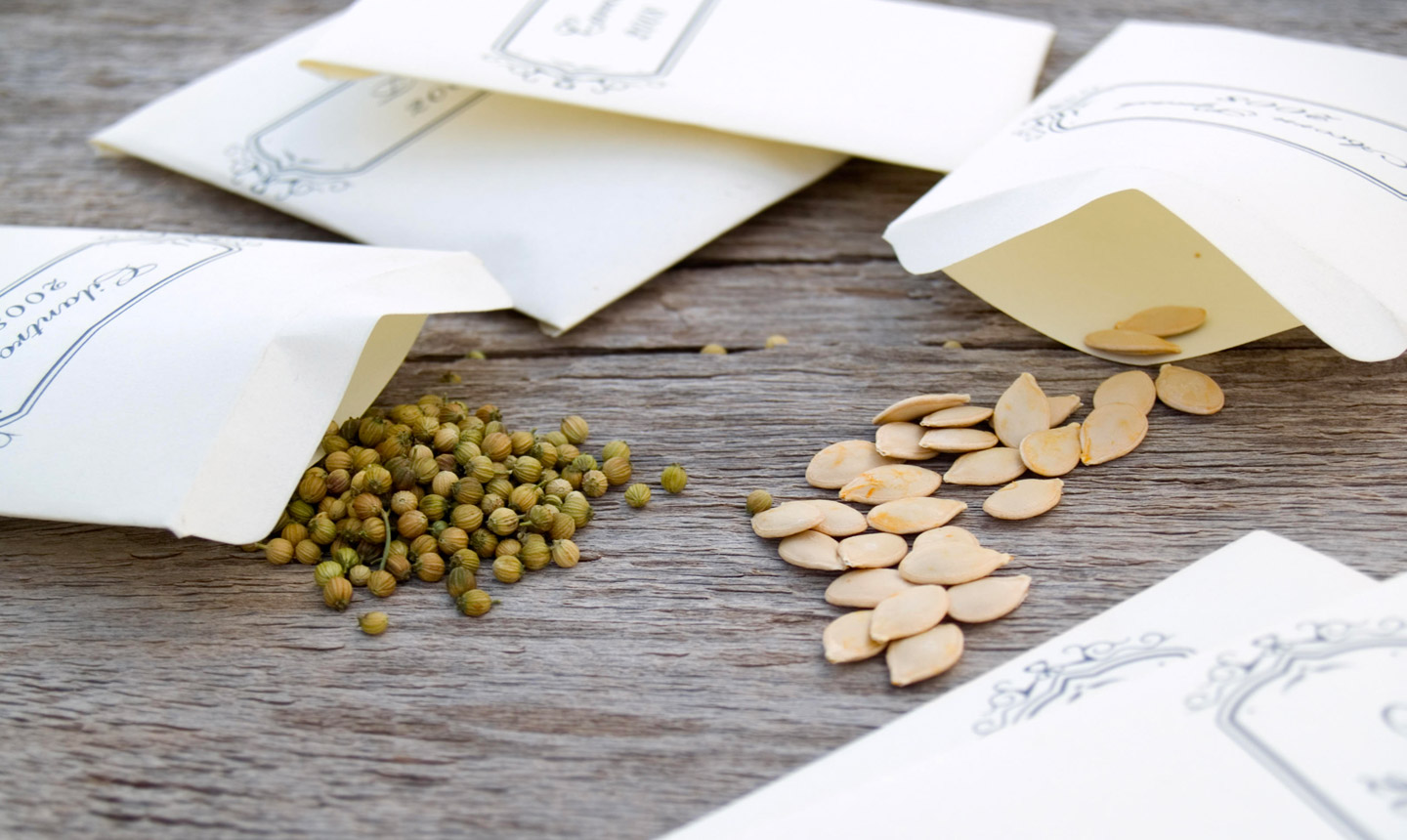
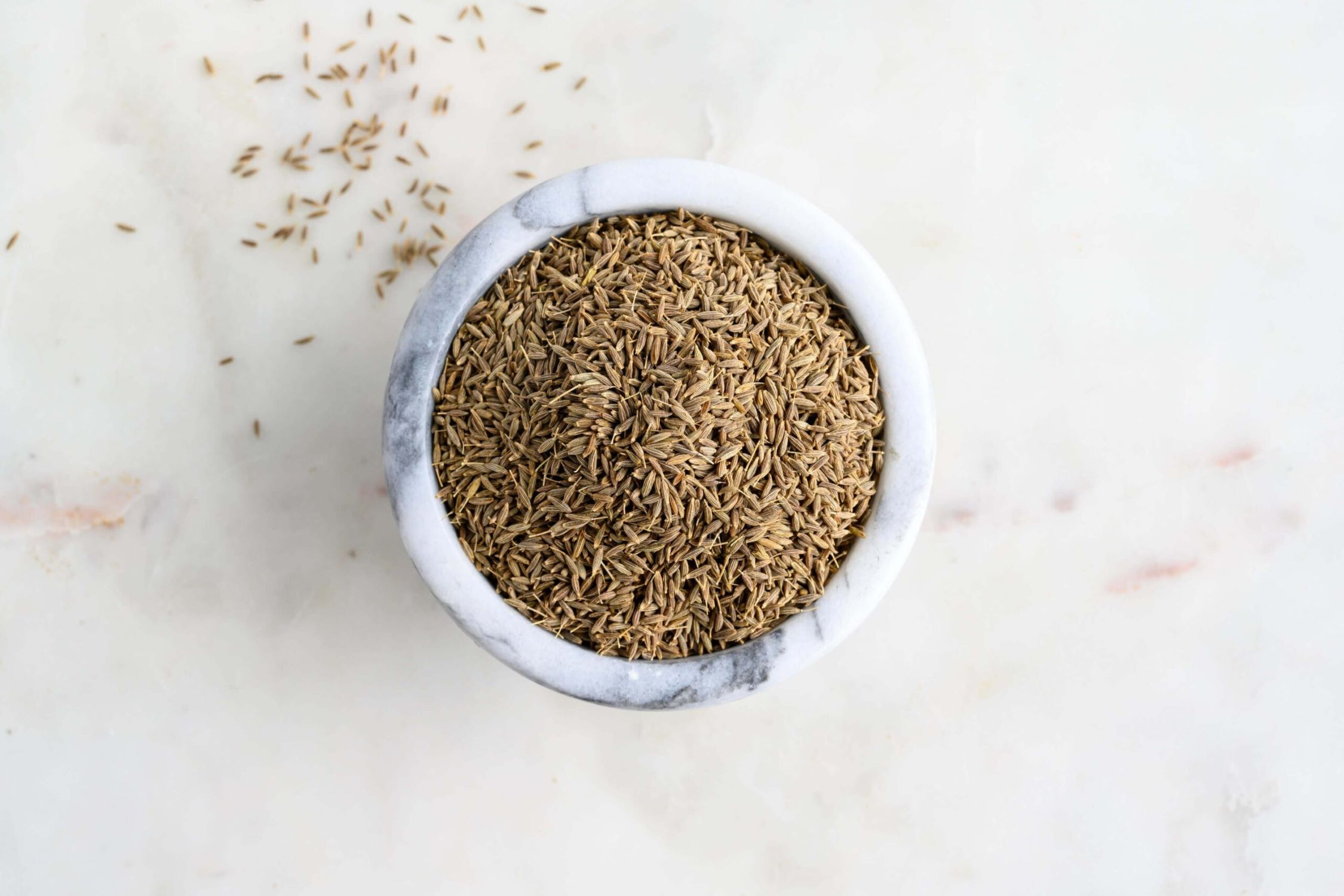
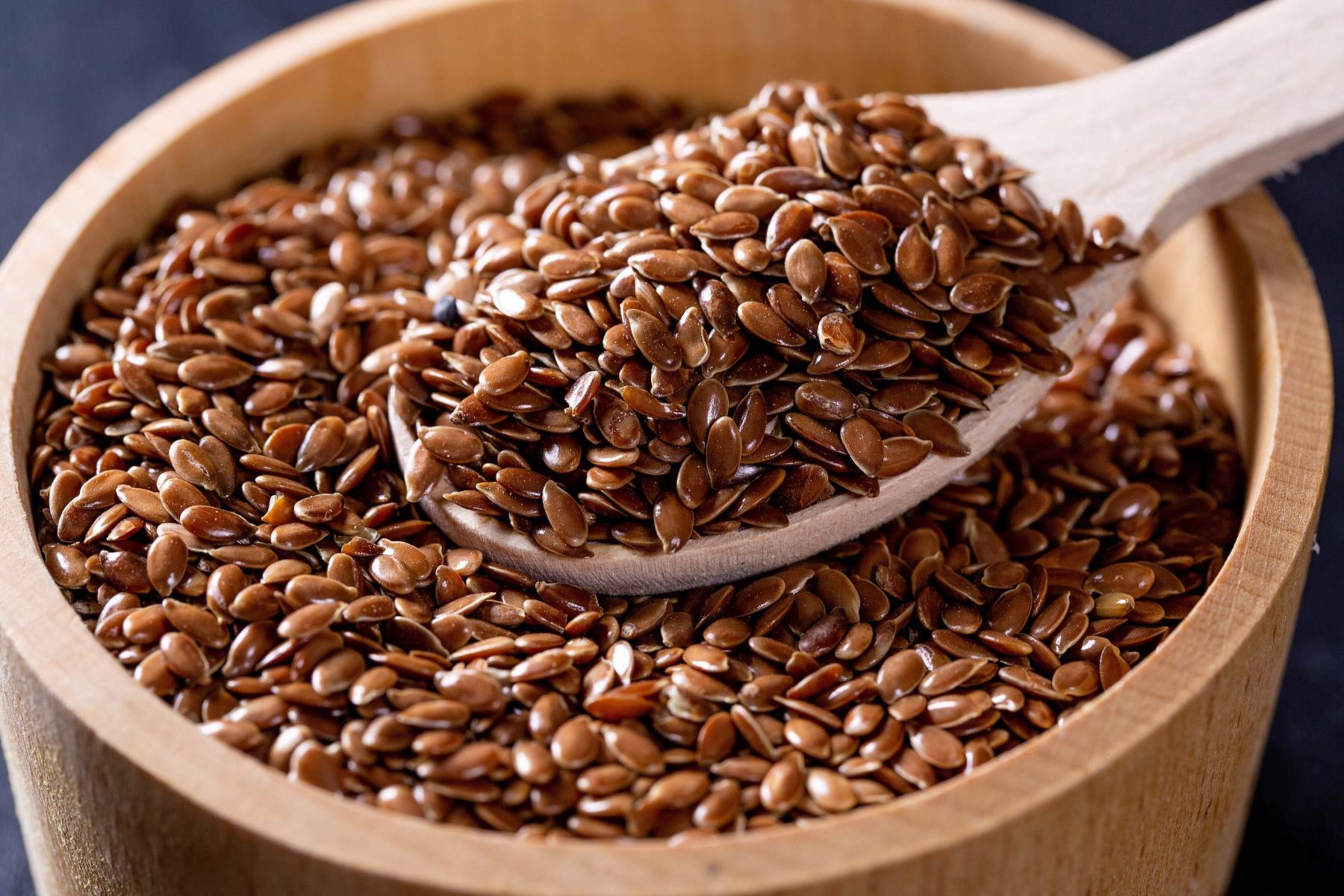
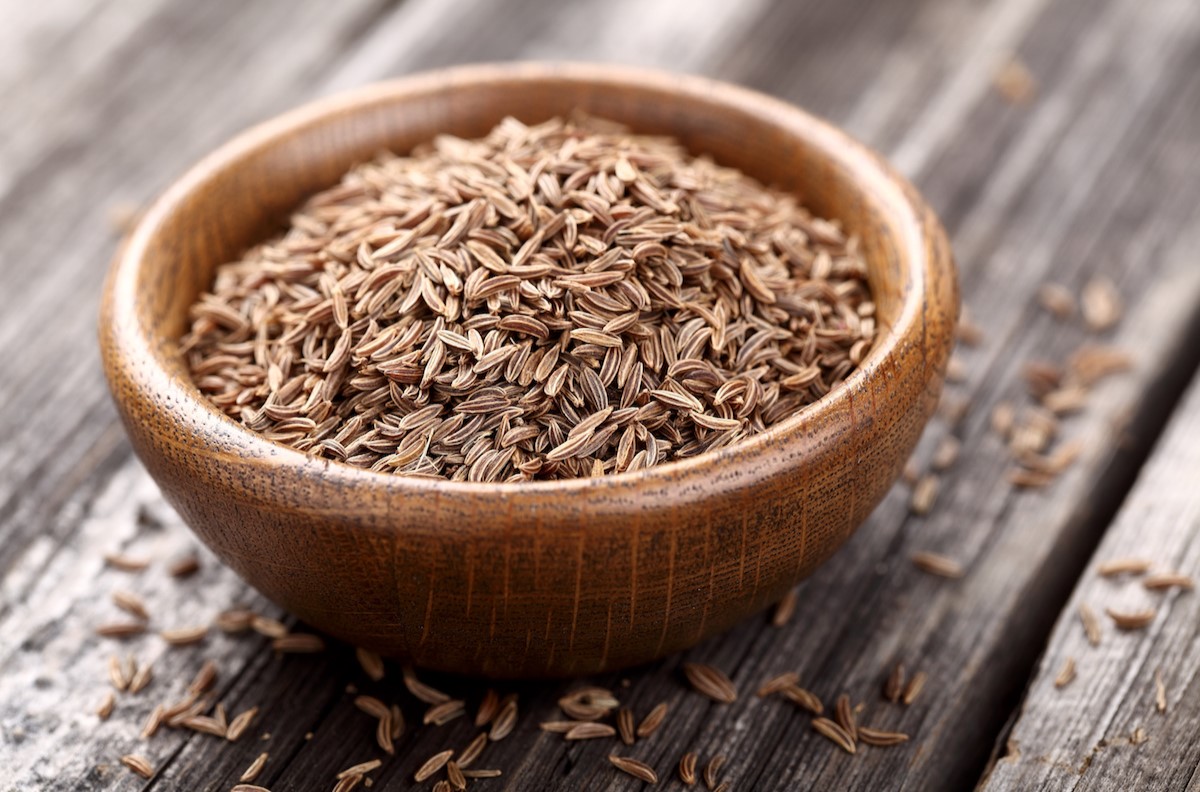
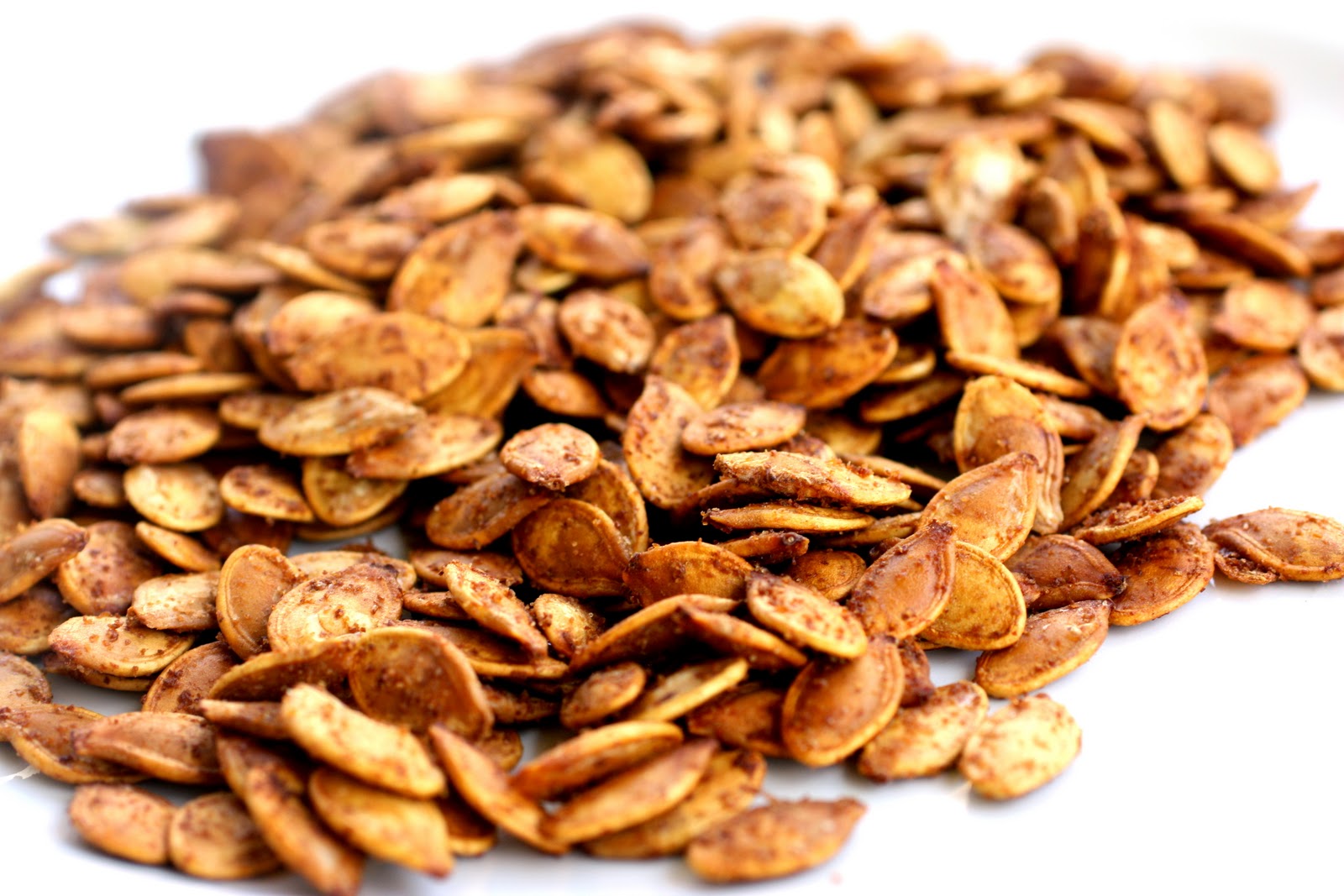
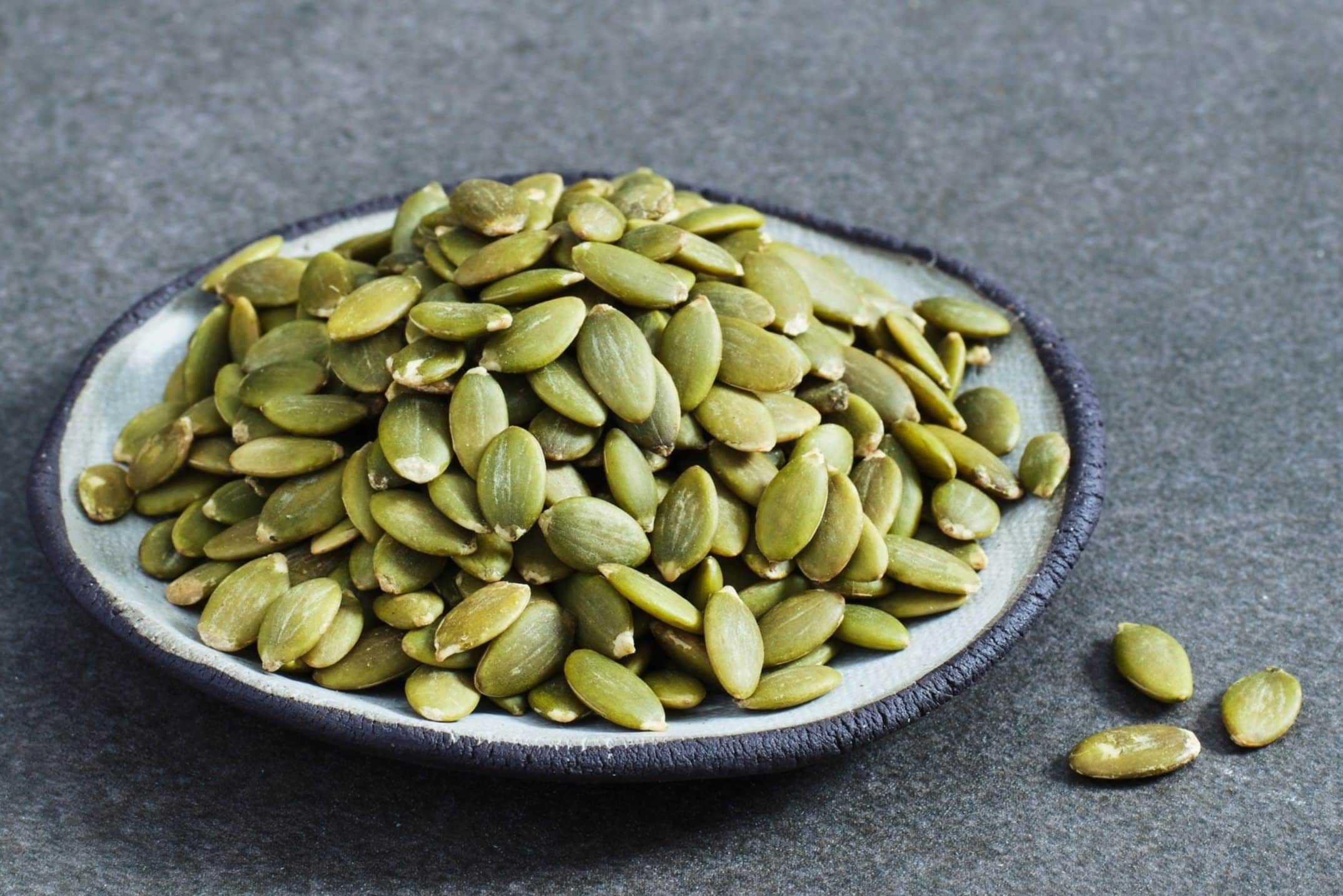
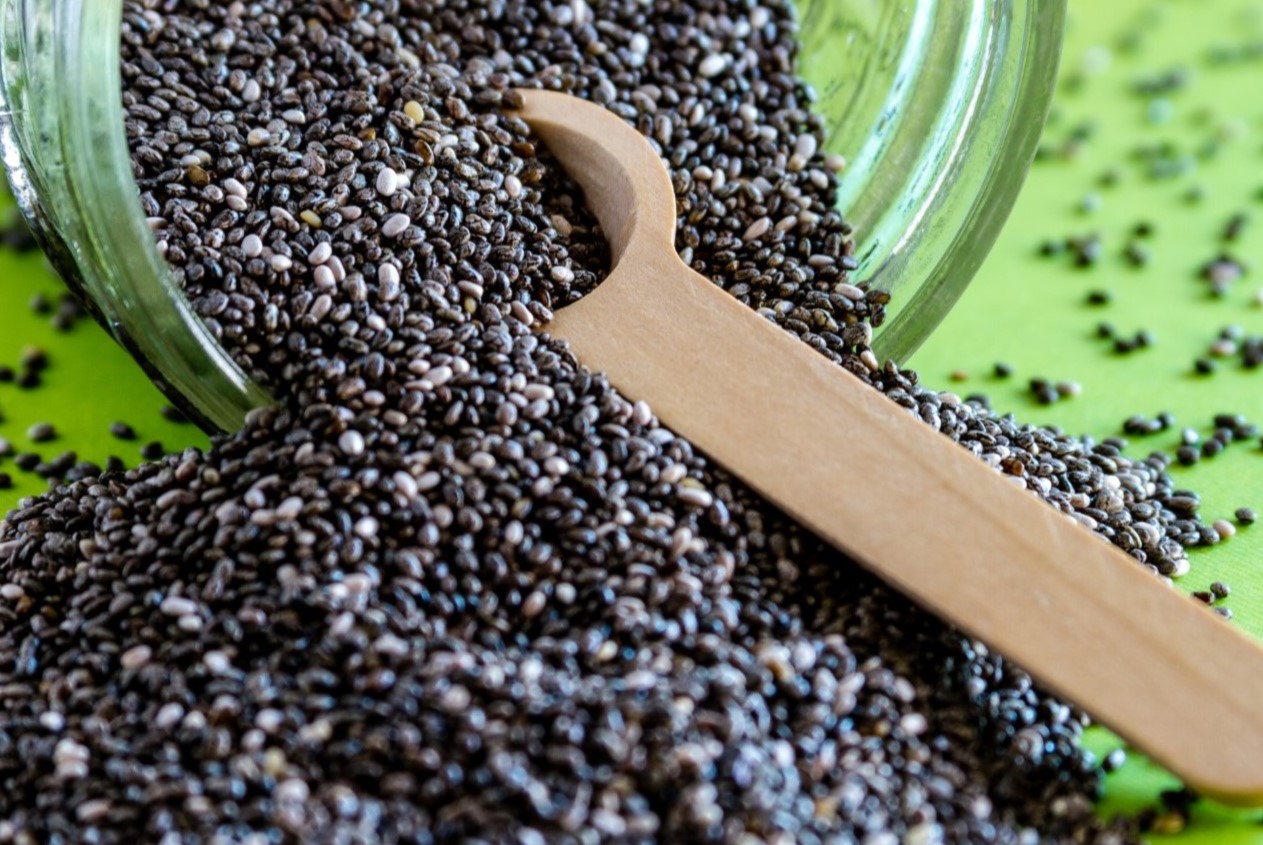
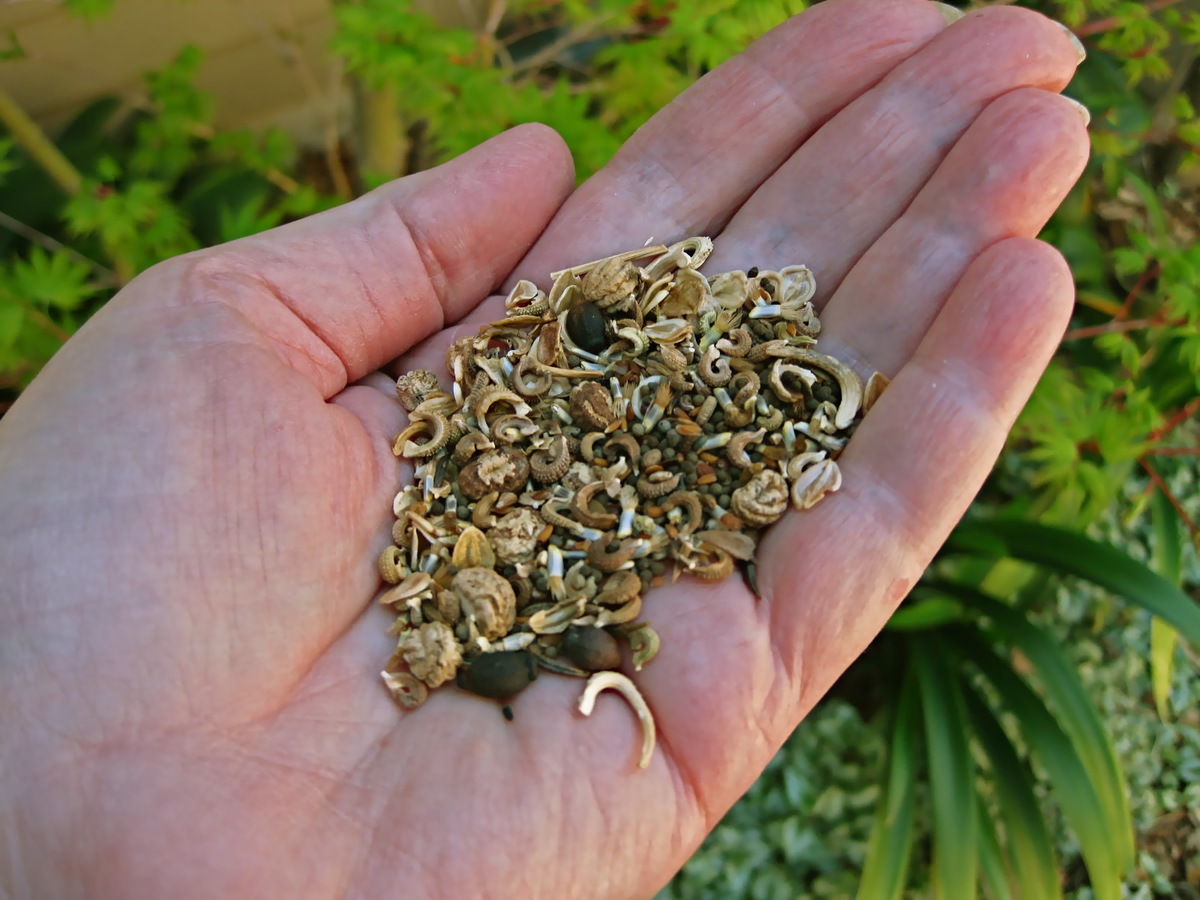
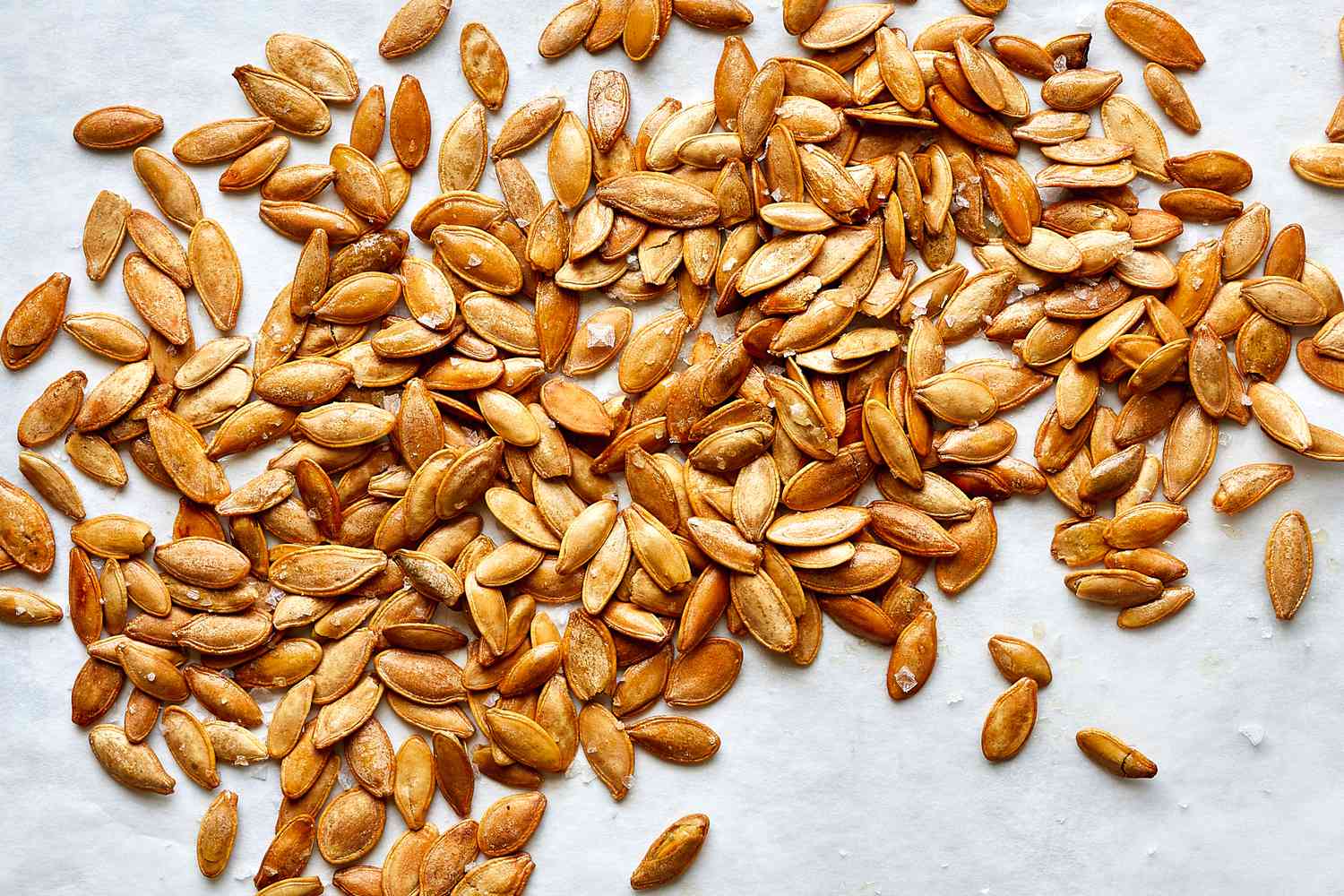
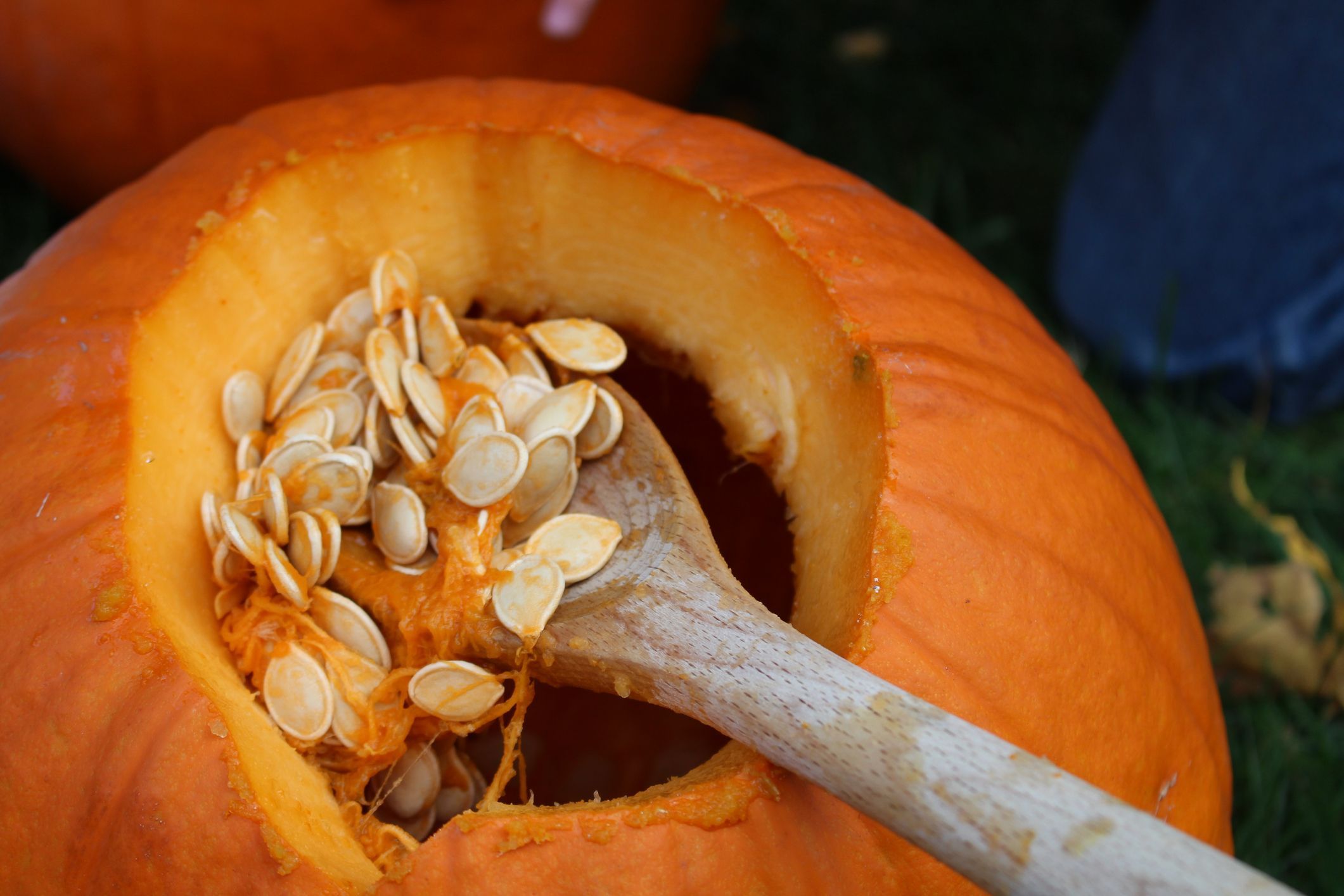
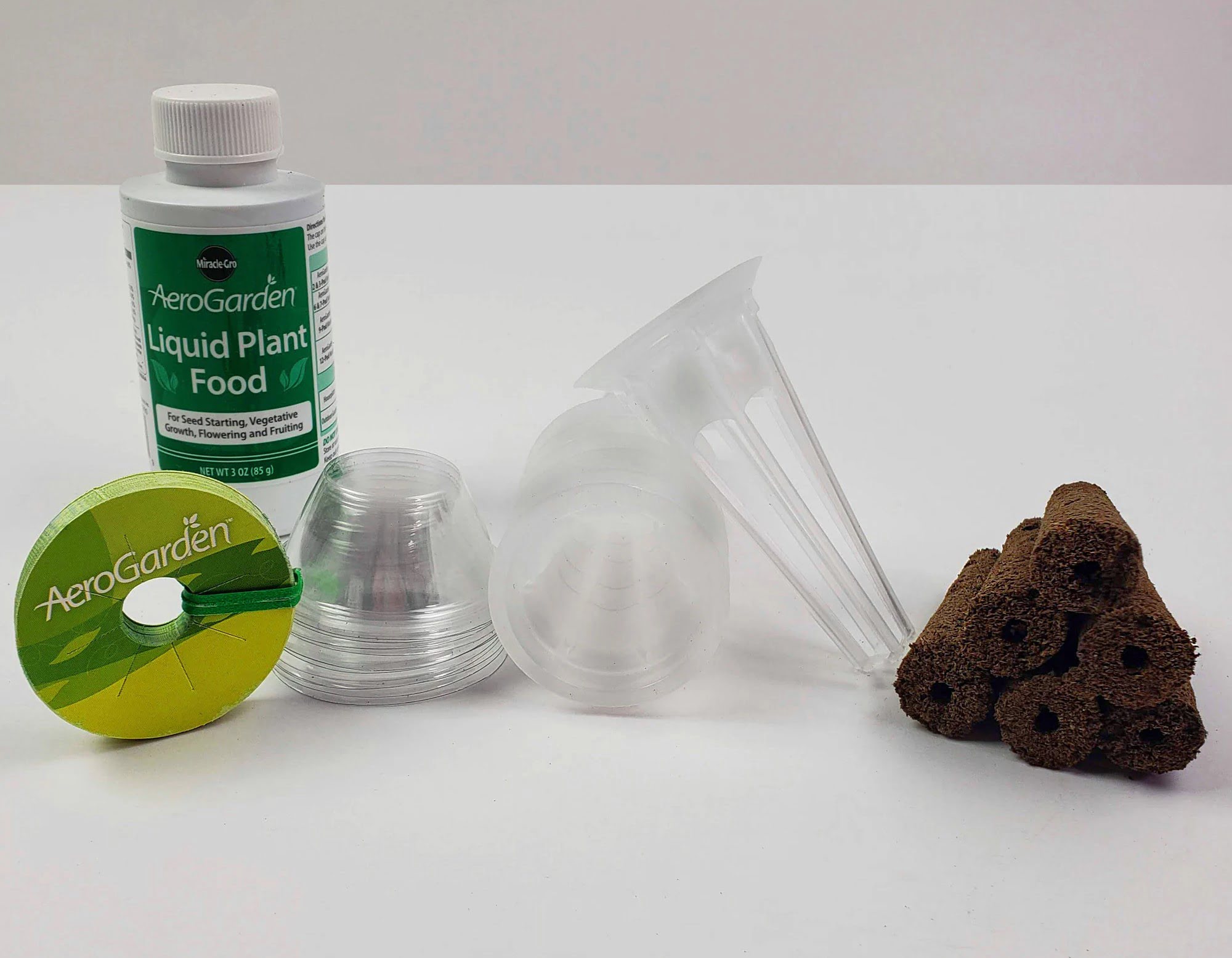
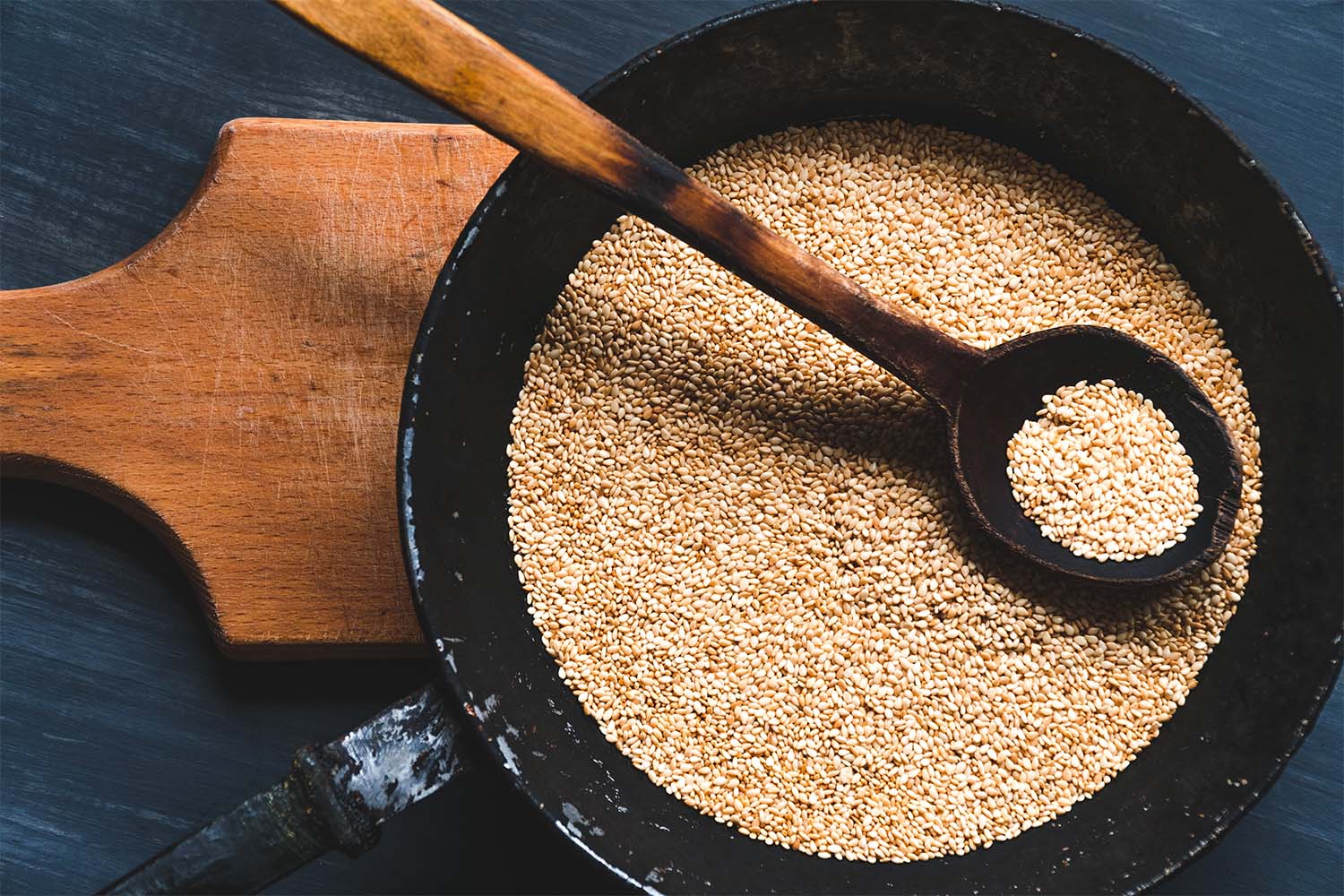
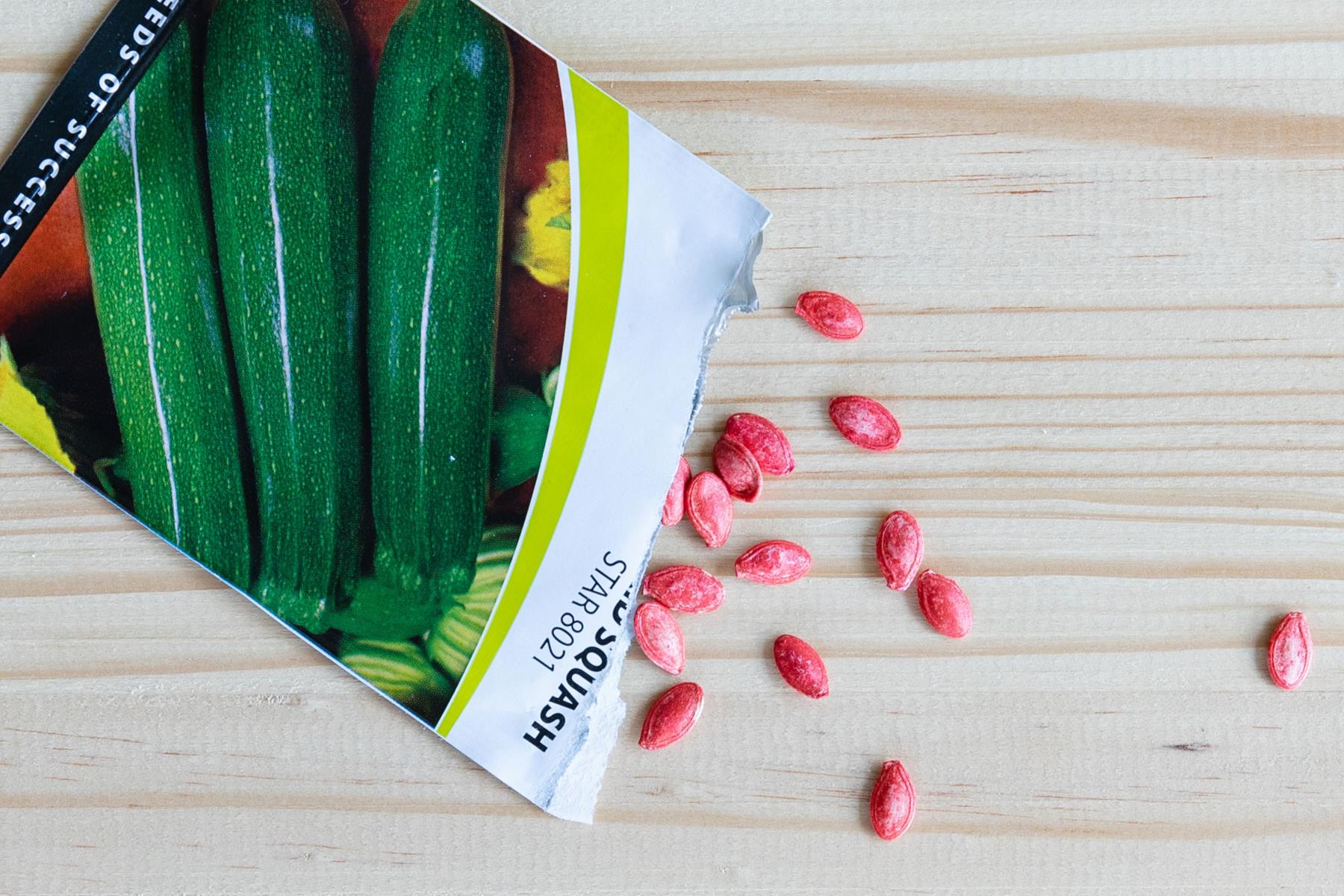
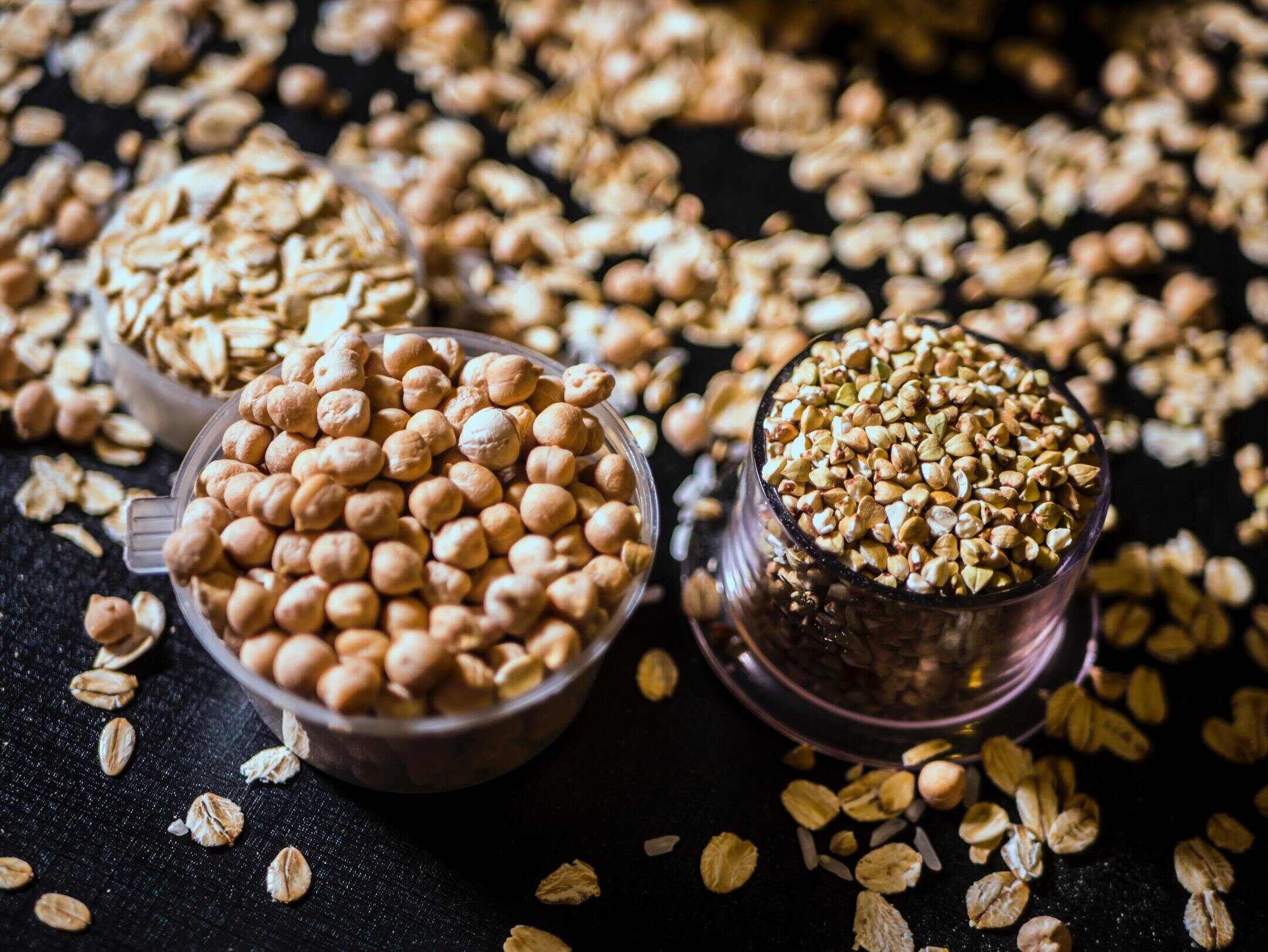
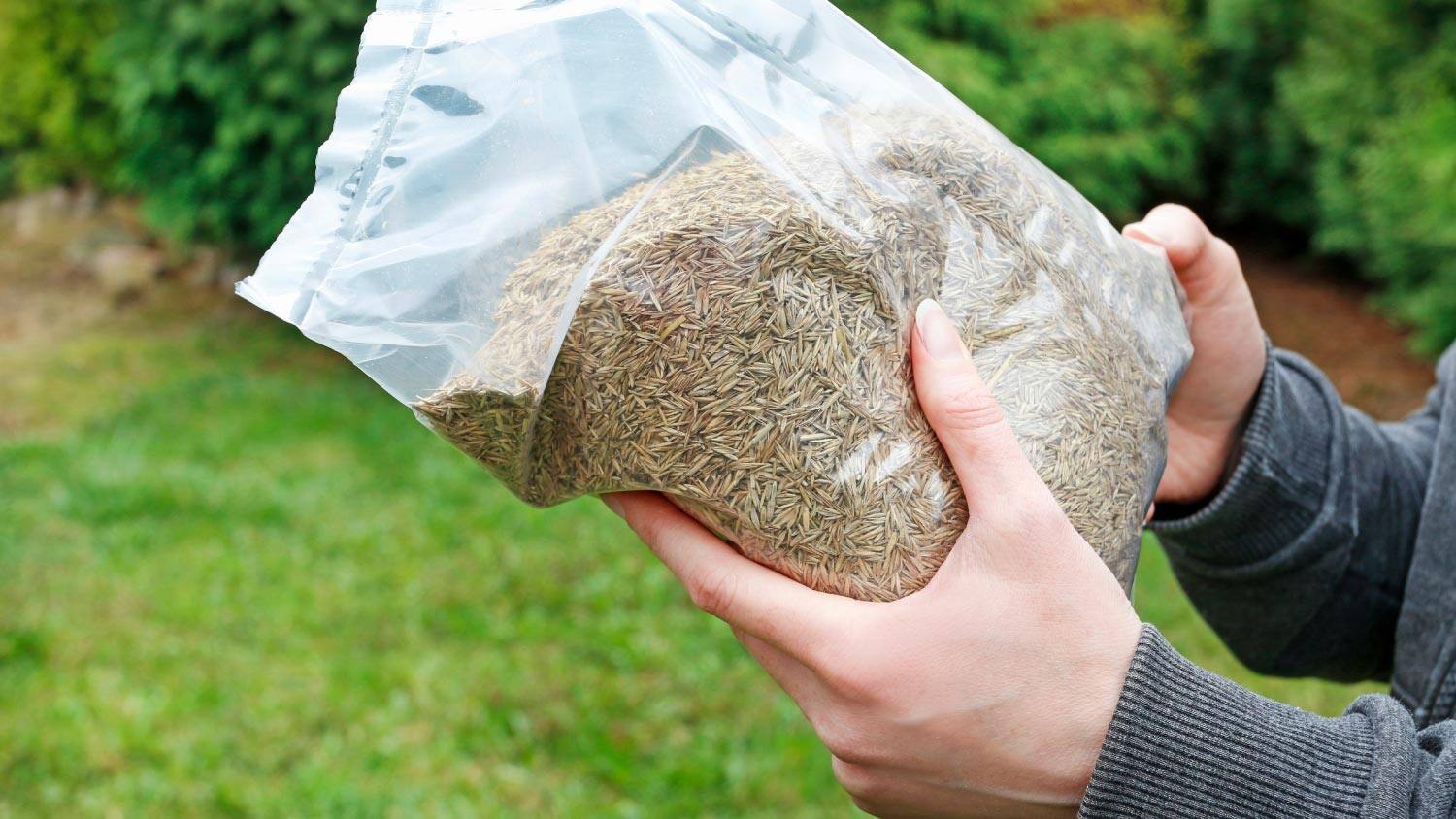

0 thoughts on “How Long Do Wildflower Seeds Last”